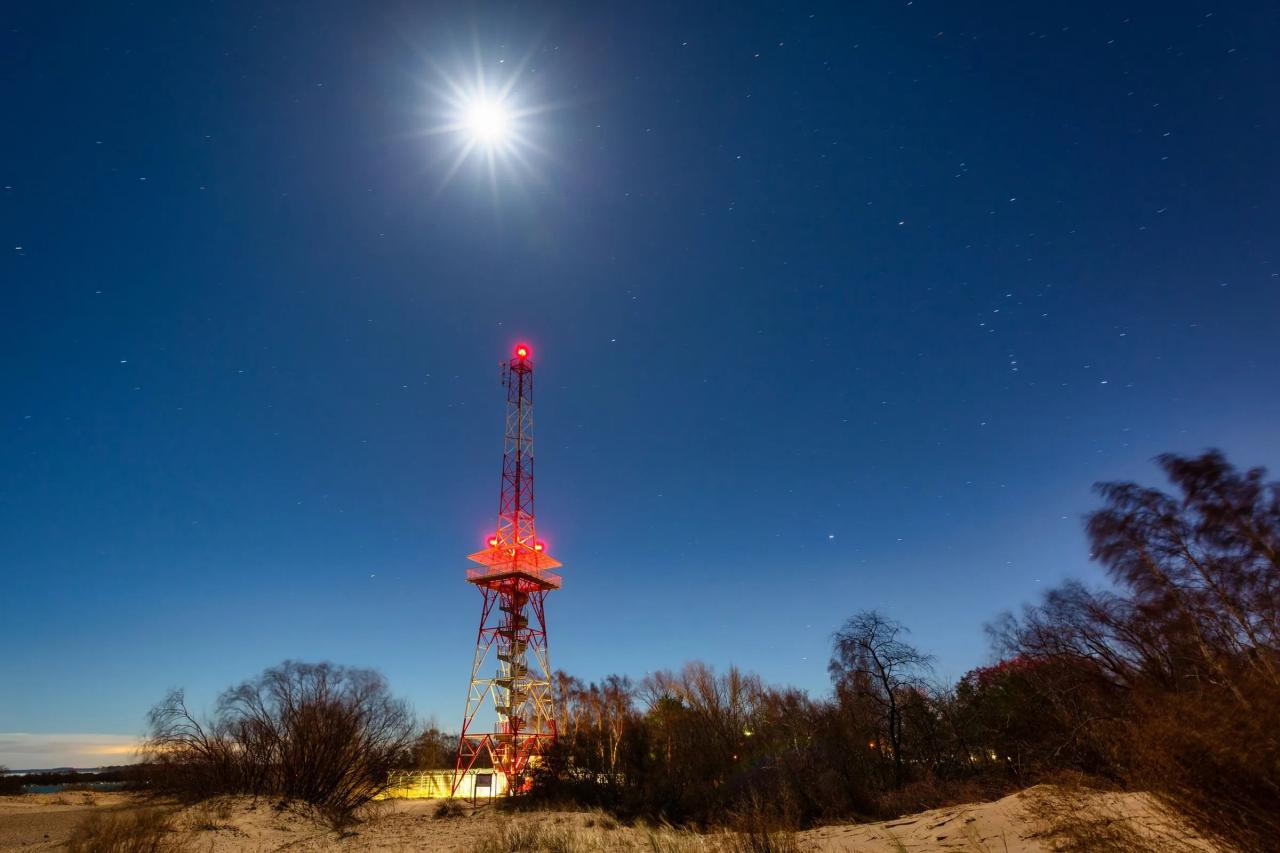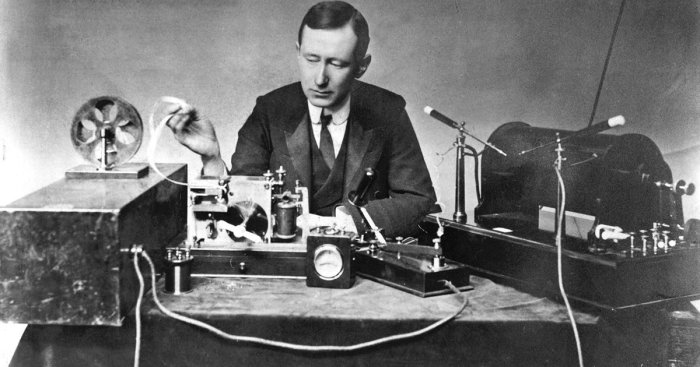Yo la radio por la noche. – Yo la radio por la noche, a captivating realm where the airwaves come alive with a symphony of voices, stories, and melodies. As darkness descends, a different kind of magic unfolds on the radio dial, inviting us to tune in and immerse ourselves in a world of imagination, connection, and discovery.
From the soothing whispers of late-night talk shows to the adrenaline-pumping beats of overnight dance parties, night-time radio offers a diverse and ever-evolving landscape of programming that caters to every taste and mood.
Radio Programs at Night

As the sun sets and the night sky emerges, the radio airwaves transform into a nocturnal haven, offering a diverse array of programs that cater to listeners’ varied interests and preferences.
Night-time radio programming is characterized by its unique atmosphere and intimacy. The absence of daytime distractions allows for more in-depth discussions, personal storytelling, and immersive soundscapes.
Popular Night-Time Radio Shows
Some of the most popular night-time radio shows include:
- Talk shows:These shows feature hosts engaging in lively debates, interviews, and listener call-ins on current events, social issues, and personal experiences.
- Music programs:Night-time music shows range from genre-specific playlists to in-depth album reviews and artist interviews, providing a relaxing and entertaining soundtrack to the evening.
- Mystery and horror shows:These programs transport listeners to eerie and suspenseful worlds through gripping narratives, sound effects, and spine-tingling stories.
- Paranormal and supernatural shows:Night-time is often associated with the unknown, and these shows delve into the realm of the unexplained, exploring mysteries, paranormal phenomena, and ghostly encounters.
- Late-night comedy:For those seeking a dose of laughter before bed, late-night comedy shows offer a hilarious take on the day’s events, current affairs, and pop culture.
The Evolution of Night-Time Radio

Night-time radio has undergone a remarkable evolution since its inception, shaped by technological advancements, cultural shifts, and changing audience preferences. Its historical trajectory has been marked by key milestones that have transformed the medium and its role in society.
One of the earliest and most significant factors influencing the development of night-time radio was the advent of electricity. The availability of reliable electrical power enabled the establishment of radio stations that could broadcast throughout the night, extending the reach and impact of the medium beyond daylight hours.
Technological Advancements
Technological advancements have played a pivotal role in the evolution of night-time radio. The development of transistors and portable radios in the mid-20th century allowed listeners to tune in to their favorite shows from anywhere, fostering a sense of intimacy and companionship.
The introduction of FM broadcasting improved sound quality, further enhancing the listening experience.
Cultural Shifts
Cultural shifts have also had a profound impact on night-time radio. The rise of youth culture in the 1950s and 1960s led to the emergence of new music genres and the development of late-night programming that catered to a younger audience.
The civil rights movement and the Vietnam War sparked social and political discussions on the airwaves, shaping the content and tone of night-time radio.
Audience Preferences
Changing audience preferences have influenced the evolution of night-time radio. The proliferation of television in the 1950s and 1960s led to a decline in the popularity of traditional radio programming. However, night-time radio found a niche in providing specialized content, such as talk shows, music programs, and overnight companionship, that appealed to specific audiences.
Cuando yo la radio por la noche, me gusta escuchar las palabras que suenan suaves y relajantes. Hay muchas palabras que acaban en “z” que tienen este efecto, como “paz”, “felicidad” y “amor”. Estas palabras me ayudan a relajarme y conciliar el sueño.
Por ejemplo, cuando escucho la palabra “paz”, me imagino un lugar tranquilo y sereno donde puedo escapar del ajetreo y el bullicio de la vida diaria. Palabras que acaben en z tienen un poder especial para calmar la mente y el alma, lo que las hace perfectas para escuchar antes de acostarse.
The Future of Night-Time Radio
The future of night-time radio is uncertain, but it is likely to continue to adapt and evolve in response to changing technologies and audience preferences. The rise of digital broadcasting and streaming services has created new opportunities for night-time radio to reach listeners, while the growing popularity of podcasts has provided a platform for independent and niche content creators.
Audience and Listenership

Night-time radio listeners are a diverse group of individuals with unique demographics and listening habits. They are typically older than the average radio listener, with a median age in the 40s or 50s. They are also more likely to be employed full-time and have a higher level of education.
Night-time radio listeners tune in for a variety of reasons. Some listen to relax and unwind after a long day, while others use it as a way to stay informed about current events or to listen to their favorite music.
Still others listen to night-time radio for companionship, as it can provide a sense of community and connection.
Fostering Community and Connection
Night-time radio can play an important role in fostering community and connection. For many people, listening to night-time radio is a way to connect with others who share their interests. It can also be a way to stay informed about local events and to learn about the people and businesses in their community.
Cultural Impact and Influence

Night-time radio has had a profound cultural impact on society. It has influenced music, literature, and other forms of popular culture. Night-time radio has also played a role in shaping public opinion and promoting social change.
Music, Yo la radio por la noche.
Night-time radio has been a major force in the development of popular music. In the early days of radio, night-time DJs played a mix of popular and obscure music, which helped to introduce new artists and genres to a wider audience.
Night-time radio also played a role in the rise of rock and roll in the 1950s and 1960s.
Literature
Night-time radio has also influenced literature. Many writers have used night-time radio as a setting for their stories, and some have even used it as a source of inspiration for their work. For example, the novel “The Catcher in the Rye” by J.D.
Salinger features a character who is a night-time radio DJ.
Other Forms of Popular Culture
Night-time radio has also influenced other forms of popular culture, such as film and television. Many films and television shows have featured night-time radio DJs as characters, and some have even been set in radio stations. For example, the film “Good Night, and Good Luck” is about the legendary CBS newsman Edward R.
Murrow and his battle with Senator Joseph McCarthy during the McCarthy era.
Notable Night-Time Radio Personalities
There have been many notable night-time radio personalities over the years. Some of the most famous include:
- Wolfman Jack
- Larry King
- Howard Stern
- Art Bell
- Casey Kasem
These DJs have all had a significant impact on popular culture, and their shows have entertained and informed millions of listeners.
Answers to Common Questions: Yo La Radio Por La Noche.
What makes night-time radio programming unique?
Night-time radio offers a more intimate and personal listening experience, with hosts and listeners often engaging in candid conversations and sharing their thoughts and feelings.
Who are some notable night-time radio personalities?
Larry King, Casey Kasem, and George Noory are just a few of the many iconic night-time radio hosts who have captivated audiences over the years.
How has technology influenced the evolution of night-time radio?
Technology has played a major role in the evolution of night-time radio, from the introduction of AM and FM broadcasting to the rise of satellite radio and podcasting.
